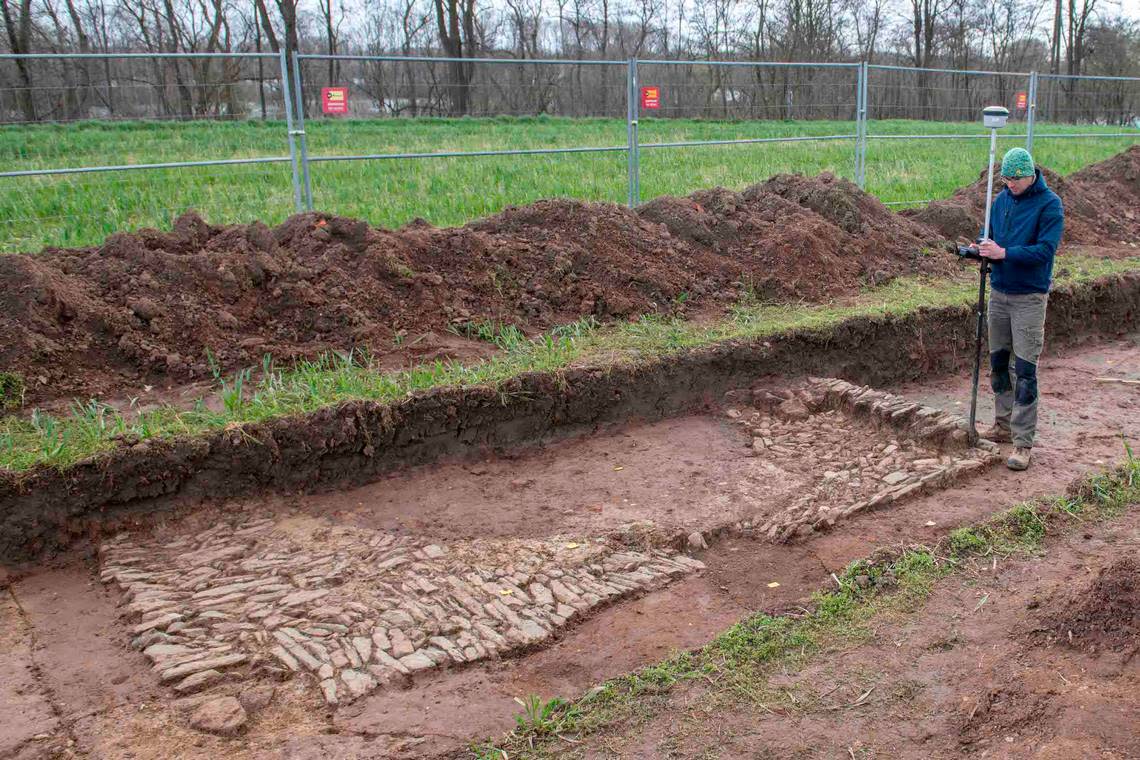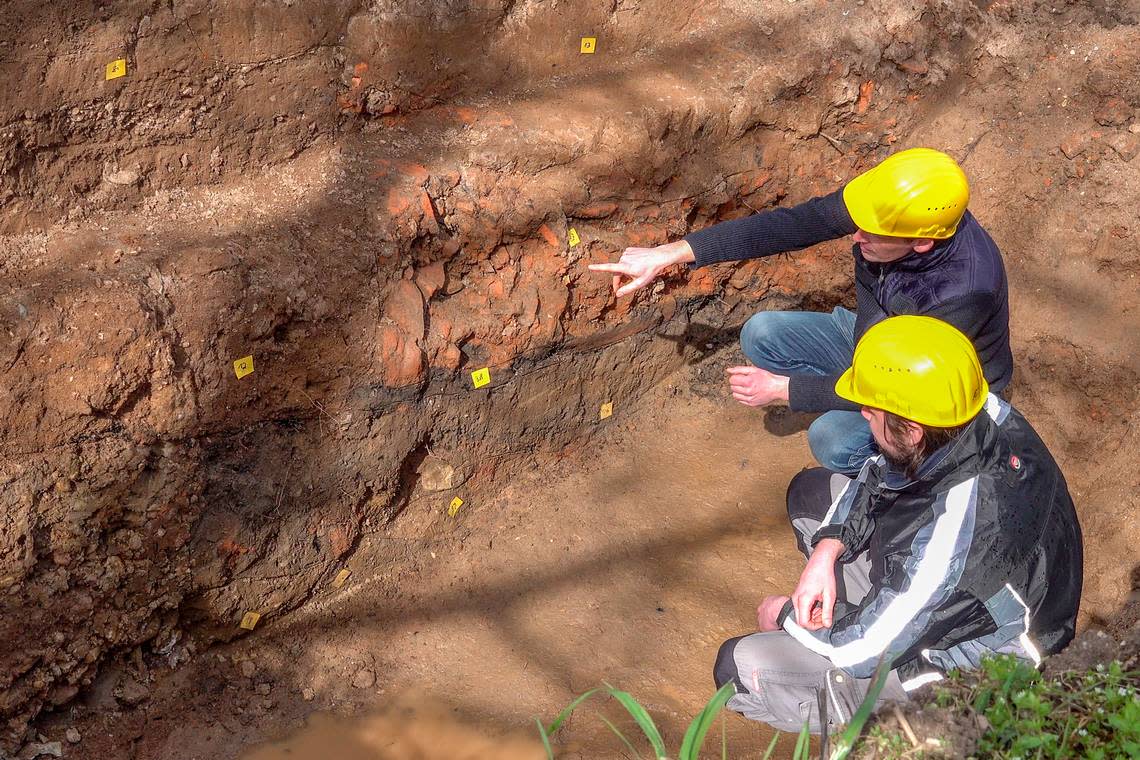Wealthy ancient Roman suburb — with huge bathhouse — unearthed in Germany, photos show
Sounds of soldiers grunting, thuds of training exercises and calls of generals filled the air. The noise drifted down the slope and mixed with the chatter of the civilian streets — a background soundtrack for life in an ancient Roman suburb.
Archaeologists have long known about the Roman military camp of Vetera Castra in Xanten, Germany. Capable of housing up to 10,000 soldiers, the camp was one of the largest in the ancient Roman empire, the LVR Office for Archaeological Preservation in the Rhineland said in a news release.
To better understand what local life was like, archaeologists took a closer look at the area surrounding the camp, Erich Classen, director of the Office for Archaeological Preservation in the Rhineland, said in an April 20 Facebook post.
Magnetic imaging and ground-penetrating radar picked up several structures and walls buried nearby, the release said.
Archaeologists excavated the area and unearthed a wealthy ancient Roman suburb. The civilian suburb, also known as a canabae, was much larger and more impressive than experts expected.
Excavations uncovered ruins of two large buildings — one wood and one stone — measuring at least 65 feet by 195 feet, the release said.
Archaeologists identified the stone building as a roughly 2,000-year-old public bathhouse. The complex was likely one of the largest such baths in the area during the first century A.D., experts said.
Shards of a stained glass window were unearthed. These types of windows were popular in luxurious thermal bath complexes in Rome under Emperor Nero, who ruled from 54 to 69 A.D., the release said.
Photos show the partially uncovered foundations of the bathhouse. The cobblestone structure appears to extend underneath the unexplored, grassy field.

The large wooden building was more mysterious. Archaeologists found fragmented roof tiles and burn marks in the ruins, the release said. The rubble indicated the structure was likely destroyed in a fire.

Archaeologists believe this suburb matches the layout of a town described by an ancient Roman historian, Tacitus. The first century historian described a town near a legionary camp that was deliberately destroyed by Roman soldiers to prevent the site from being captured during a rebellion, the release said.
Xanten is about 390 miles west of Berlin and near the Germany-Netherlands border.
Google Translate was used to translate the news release from the LVR Office for Archaeological Preservation in the Rhineland and the Facebook post from Erich Classen.
Millennium-old monastery emerges from lake in drought-stricken Spain, photos show
2,500-year-old statues — possibly long-lost goddesses— unearthed in Spain. Take a look
‘Arabian Stonehenge’ — a 2,000-year-old mysterious monument — unearthed in Oman desert
